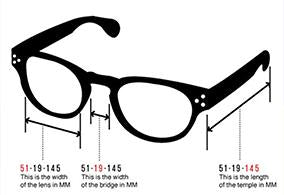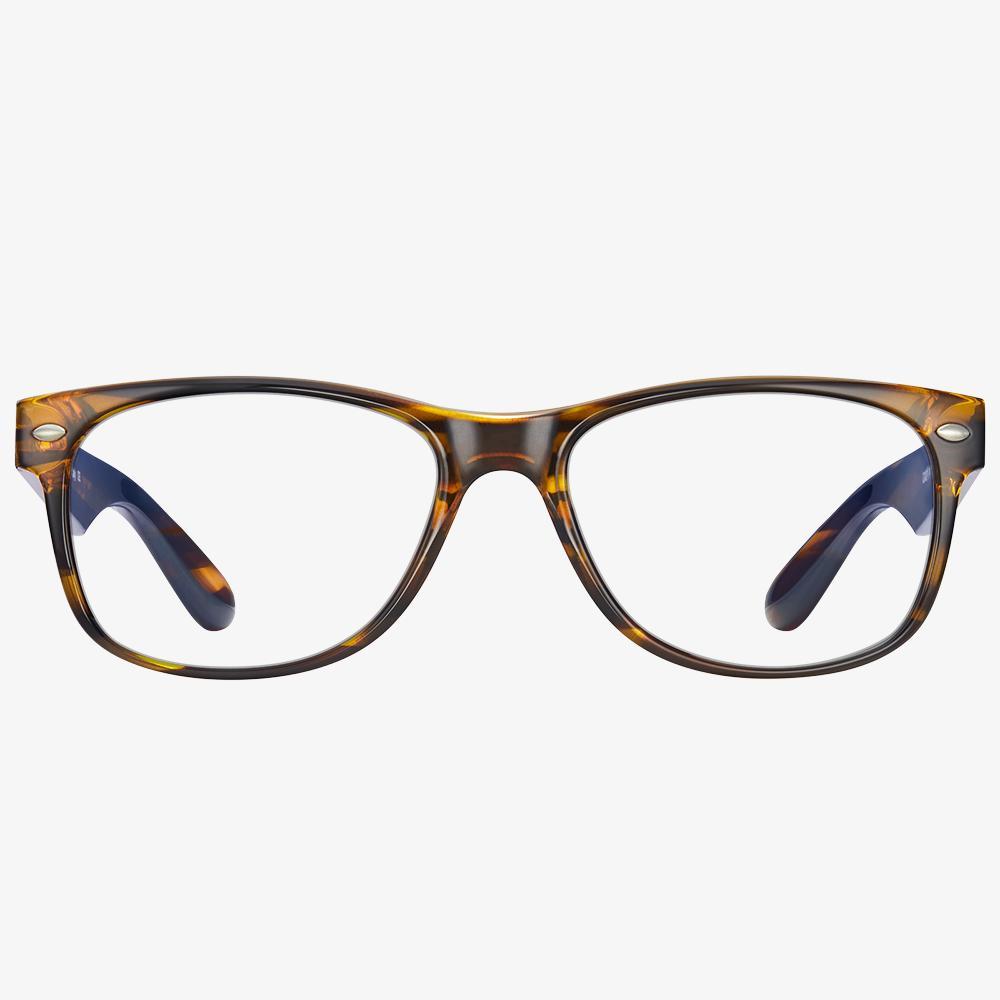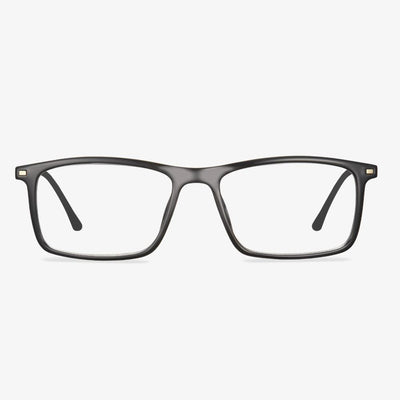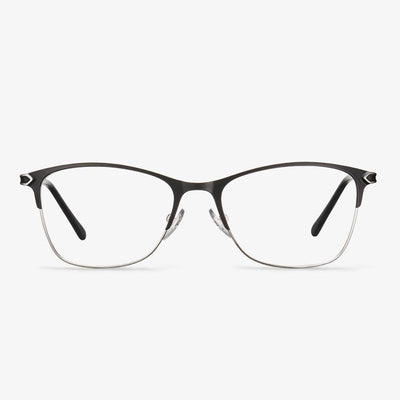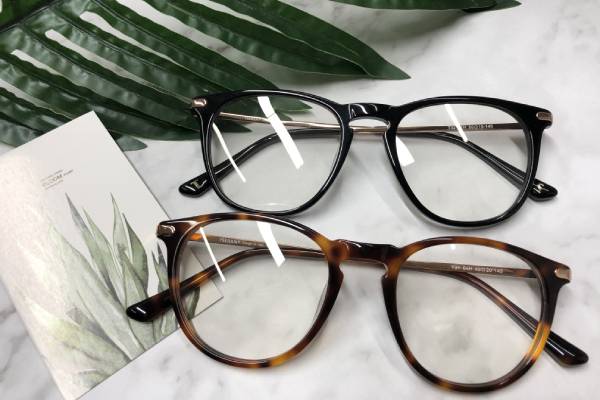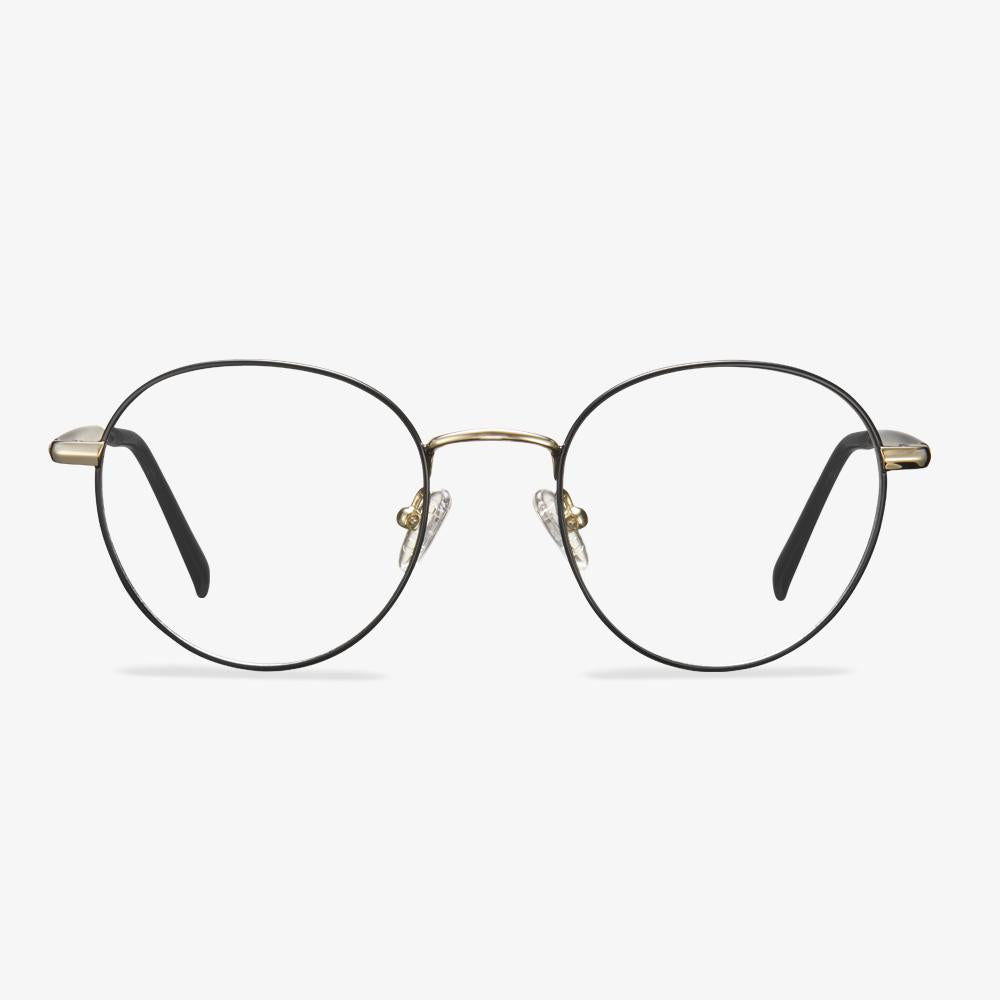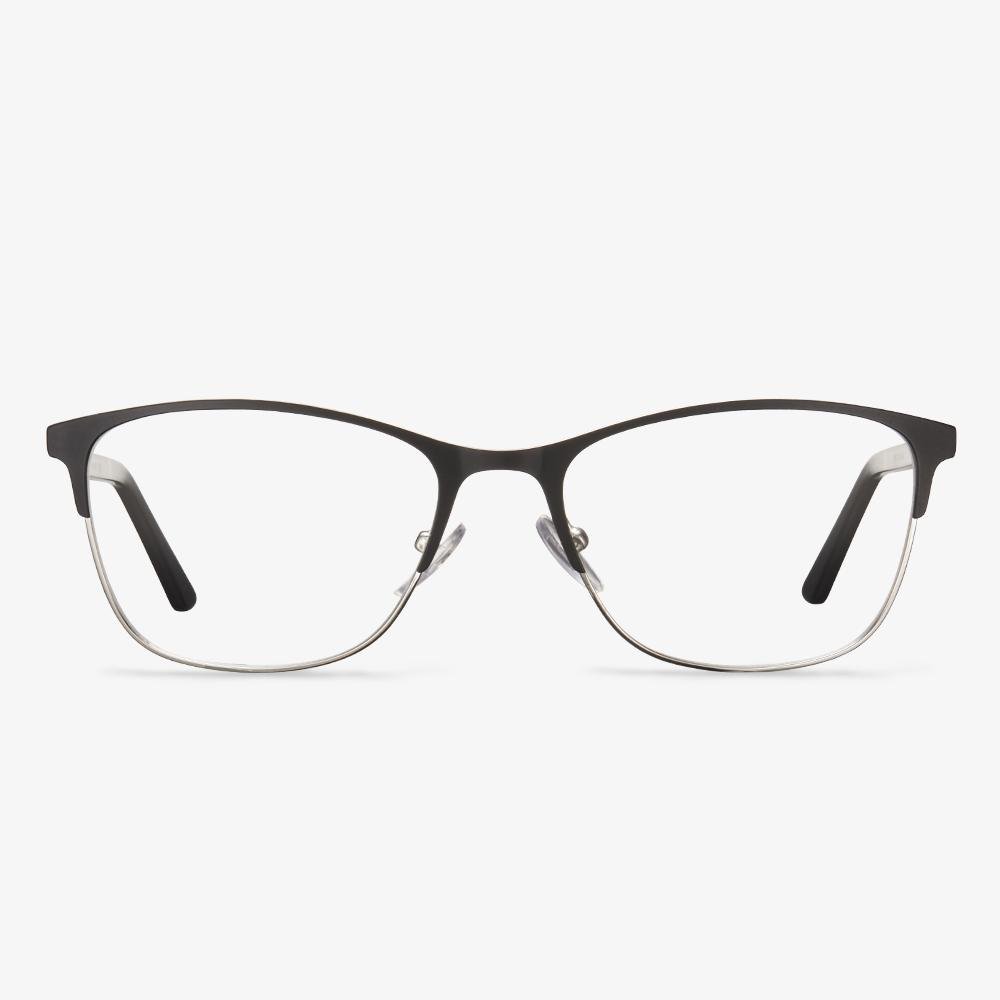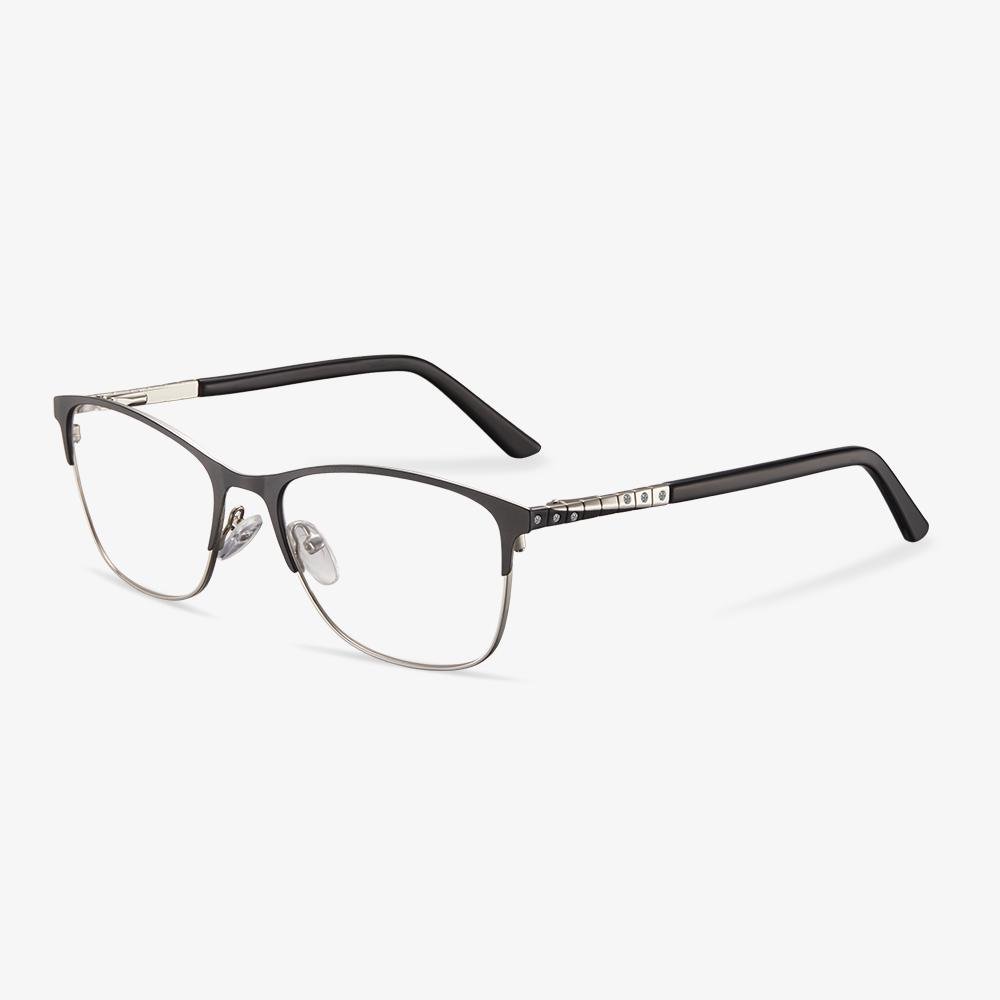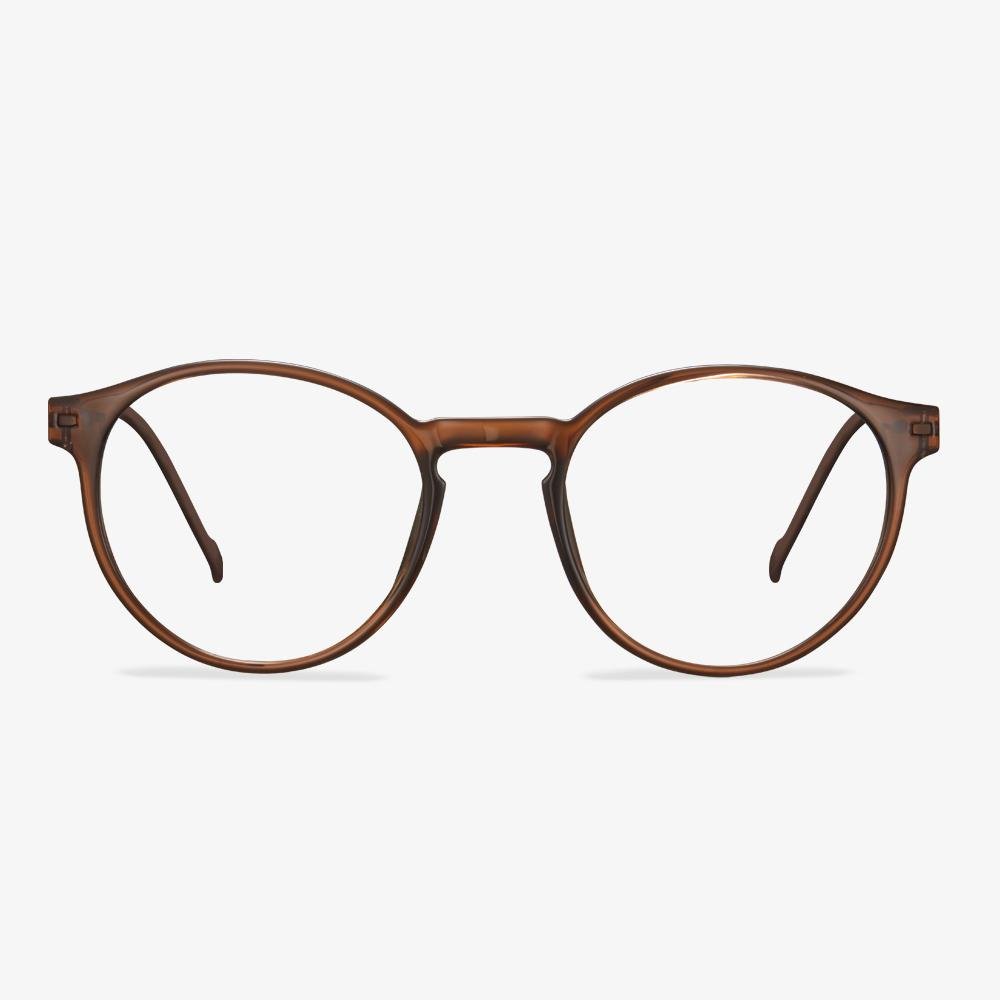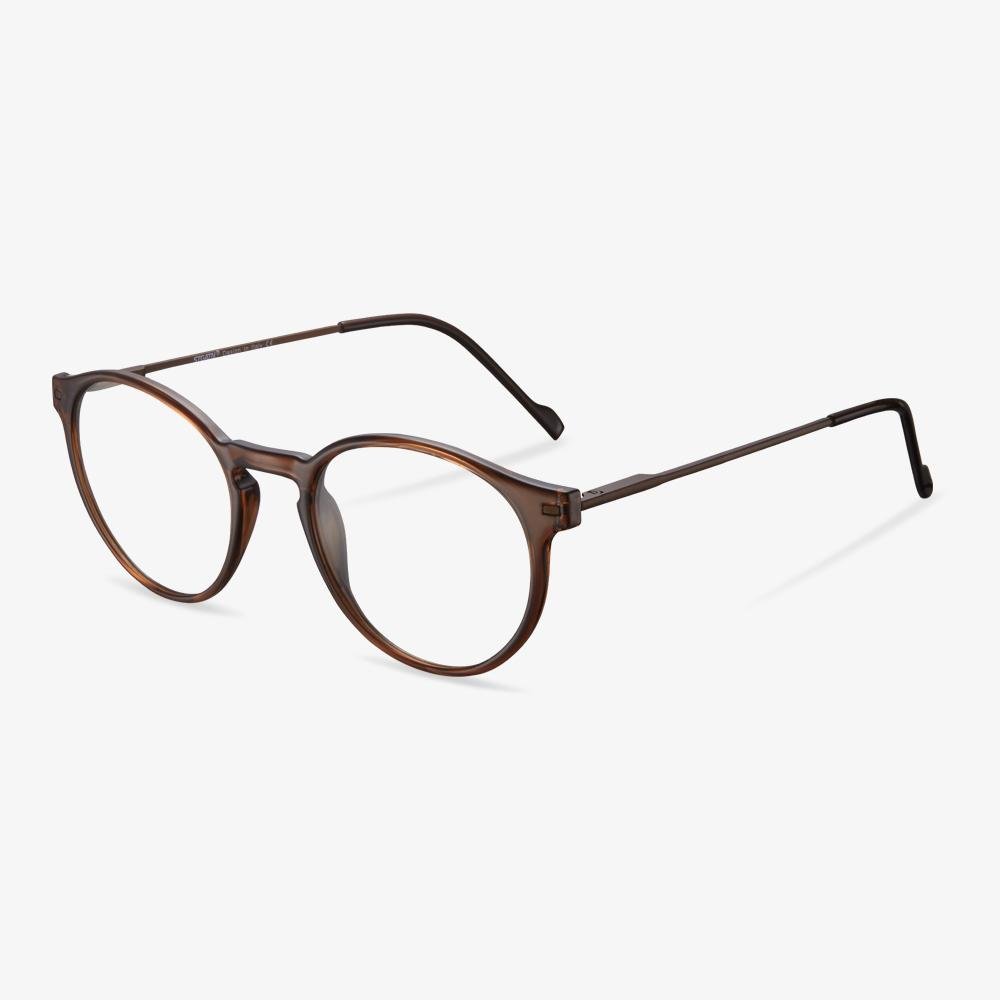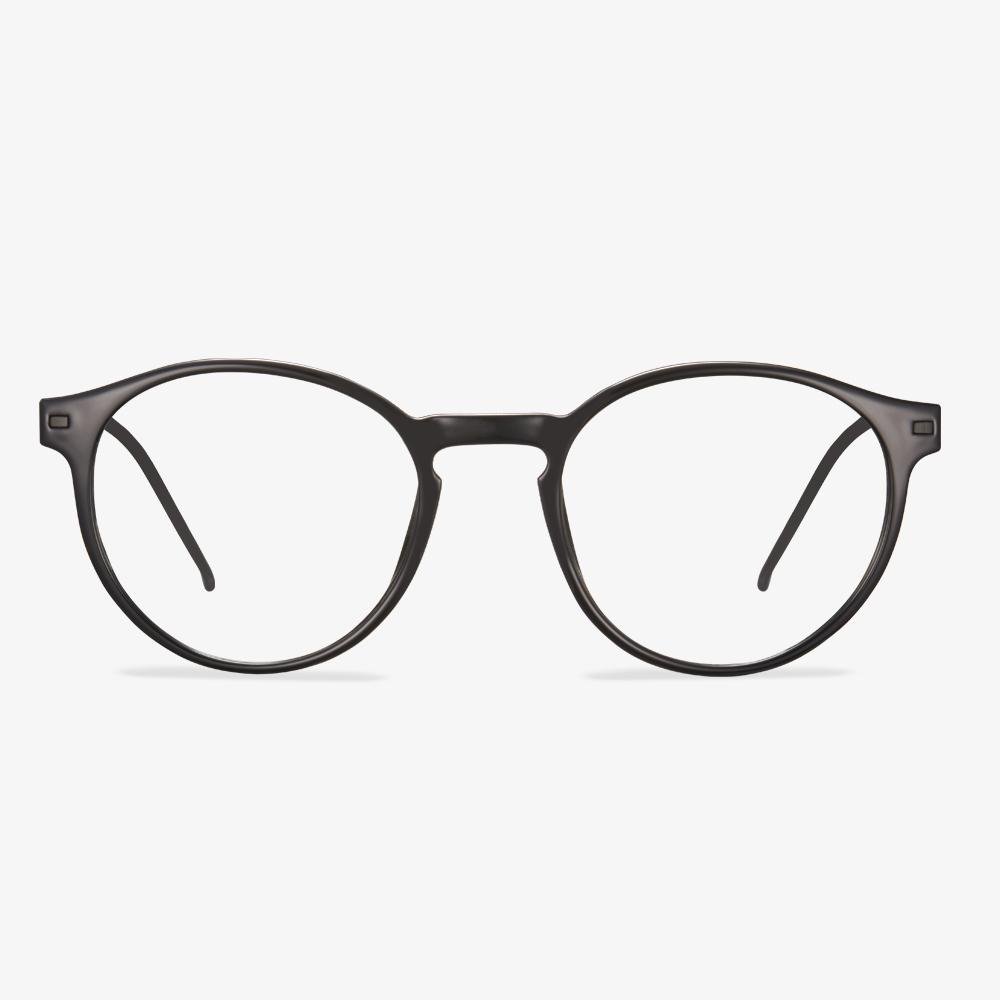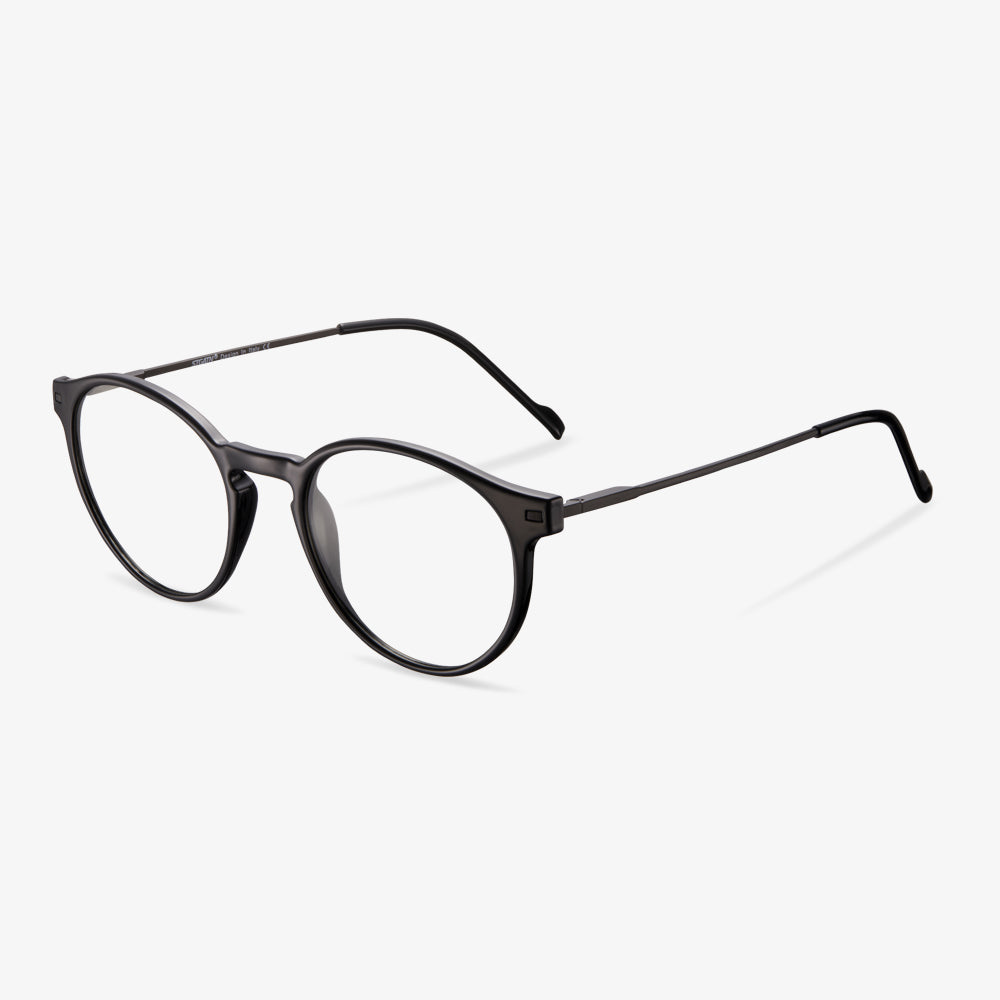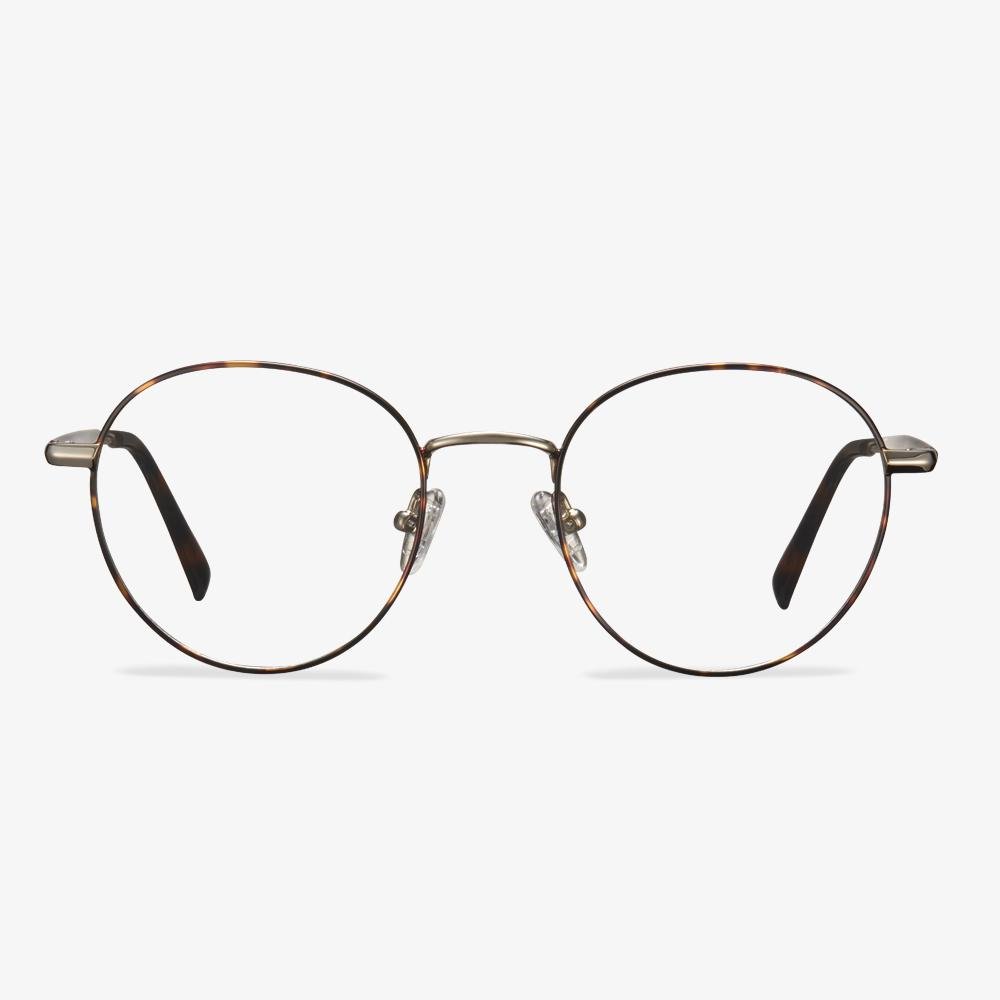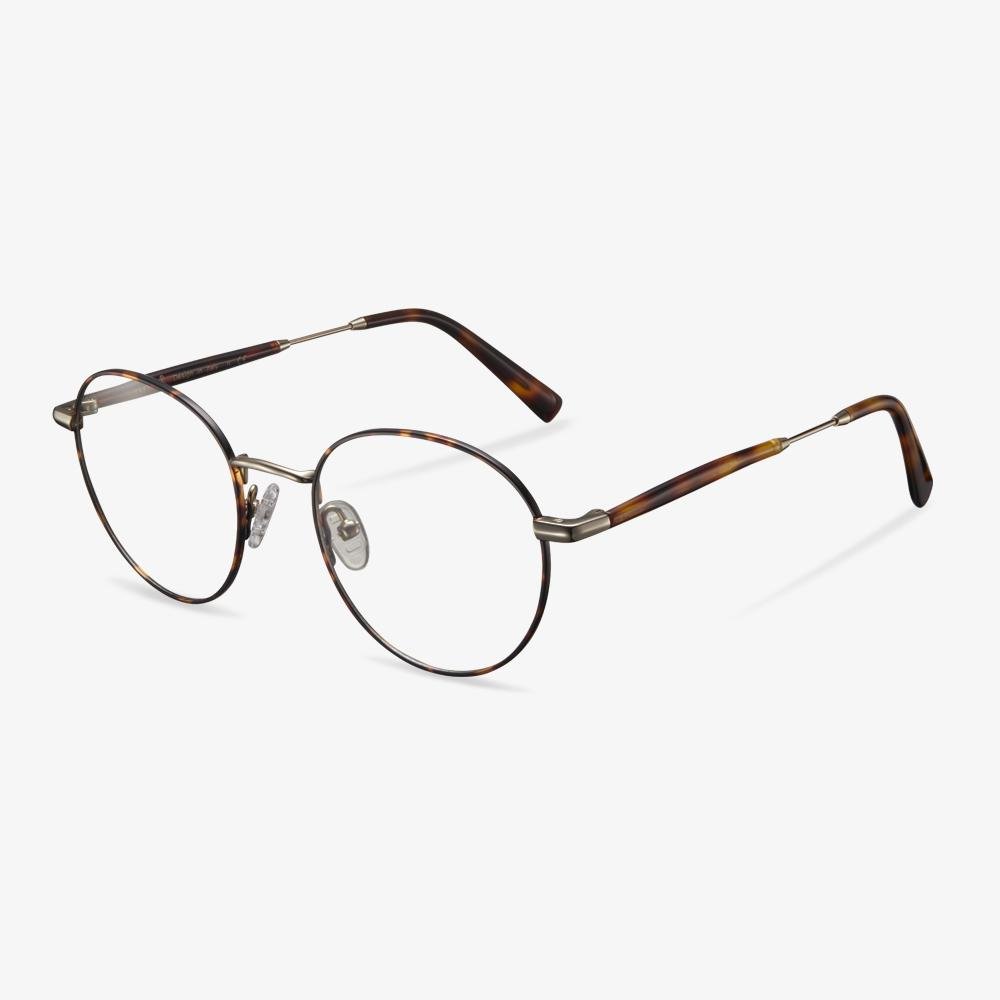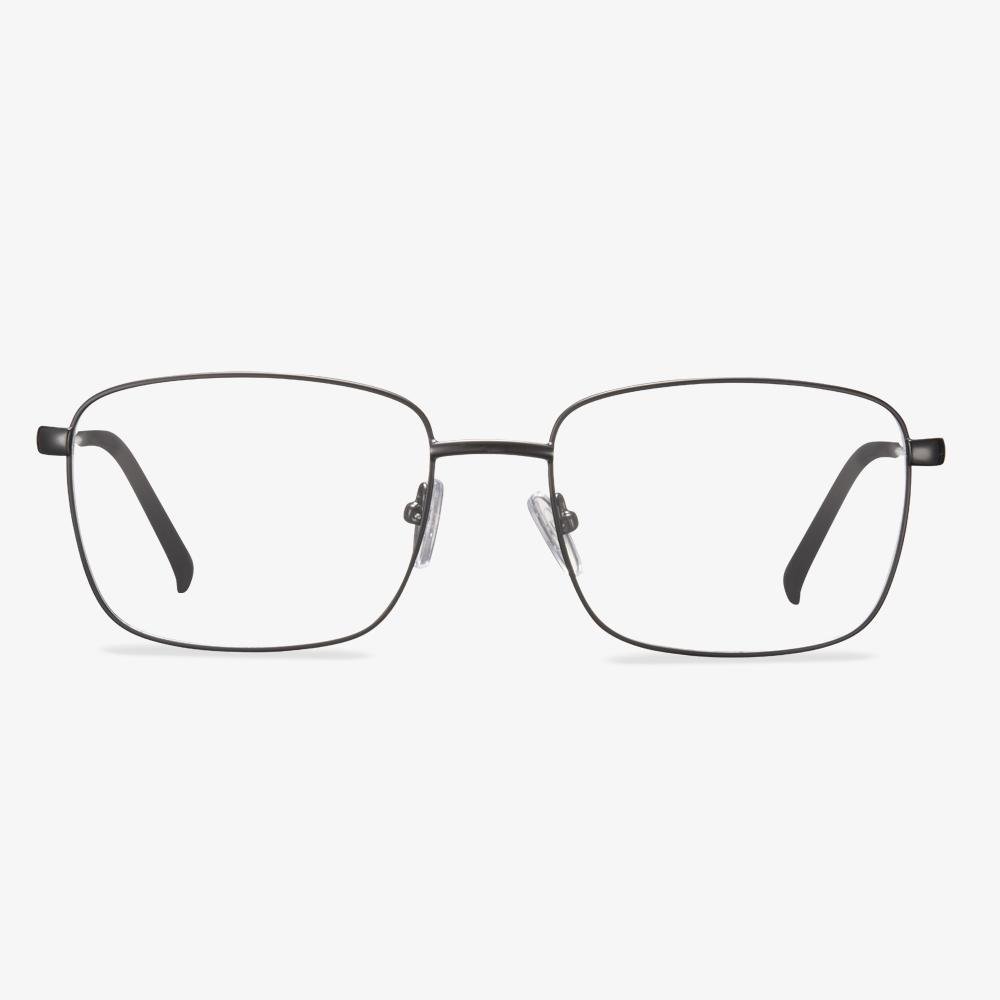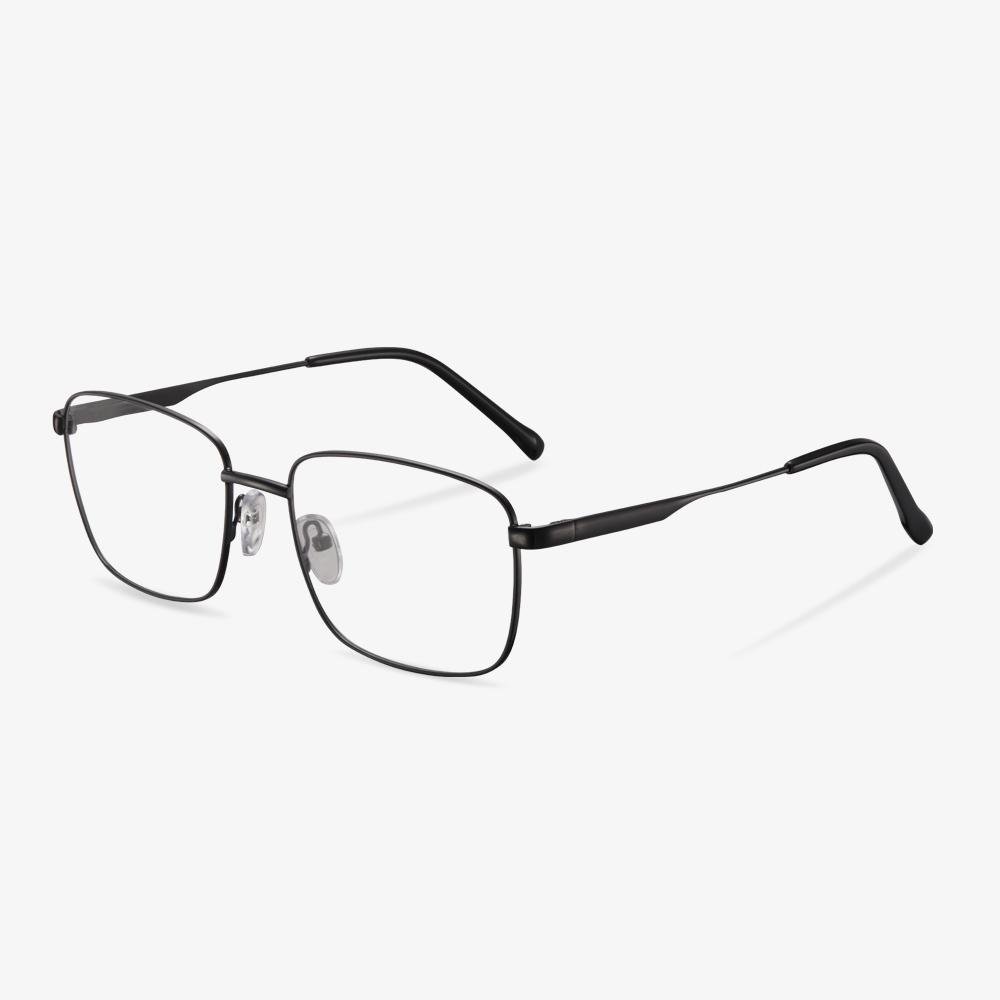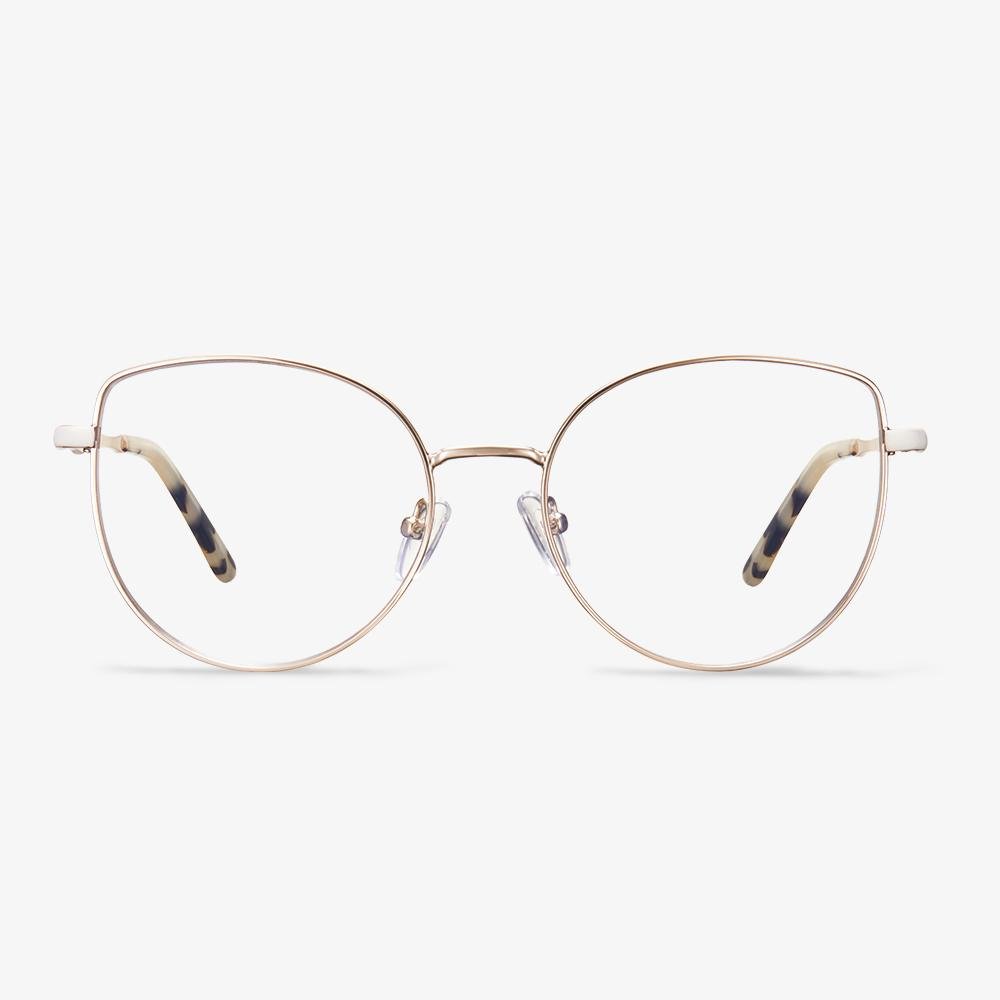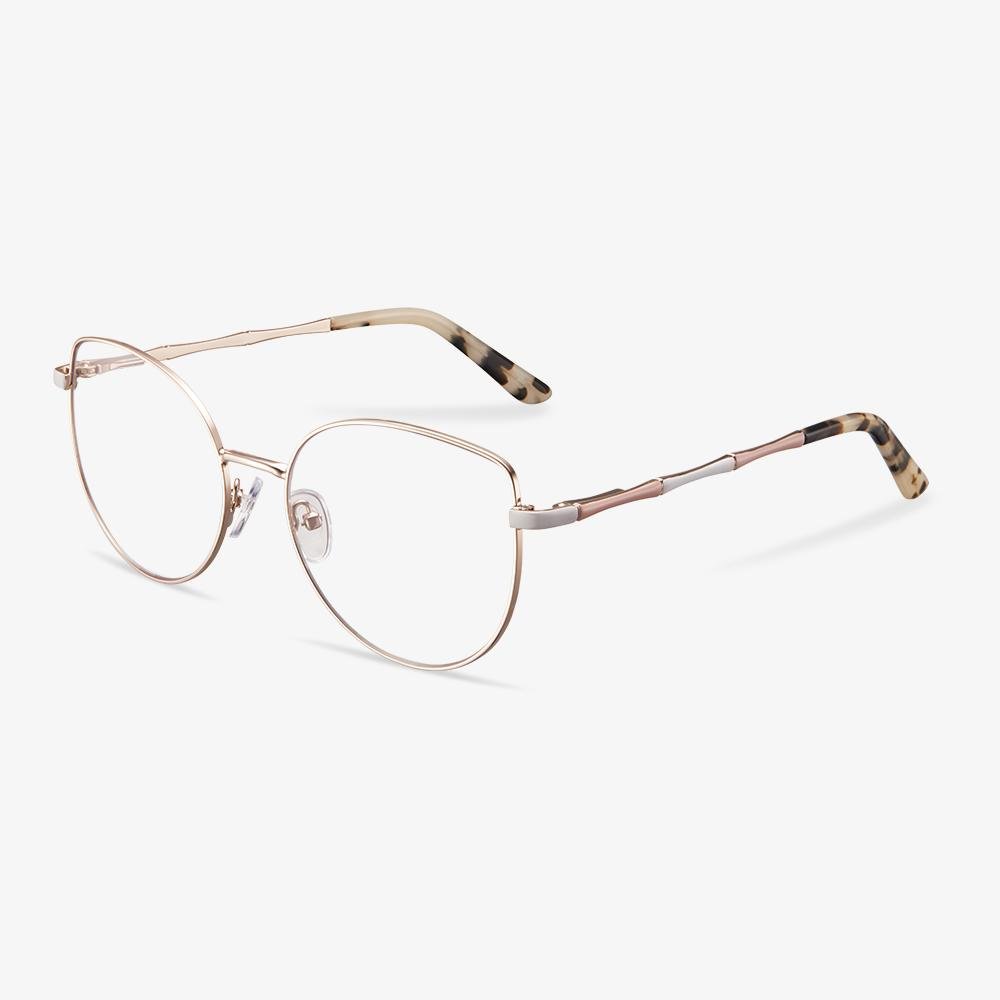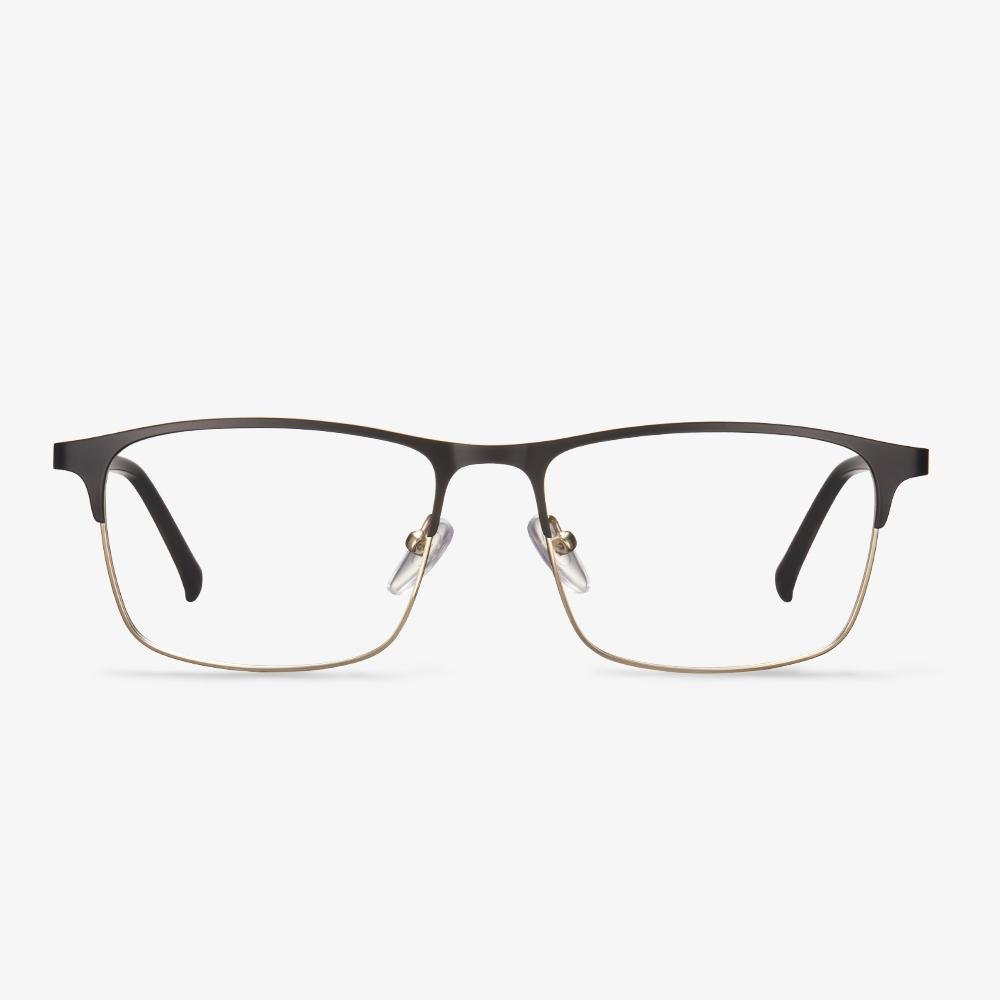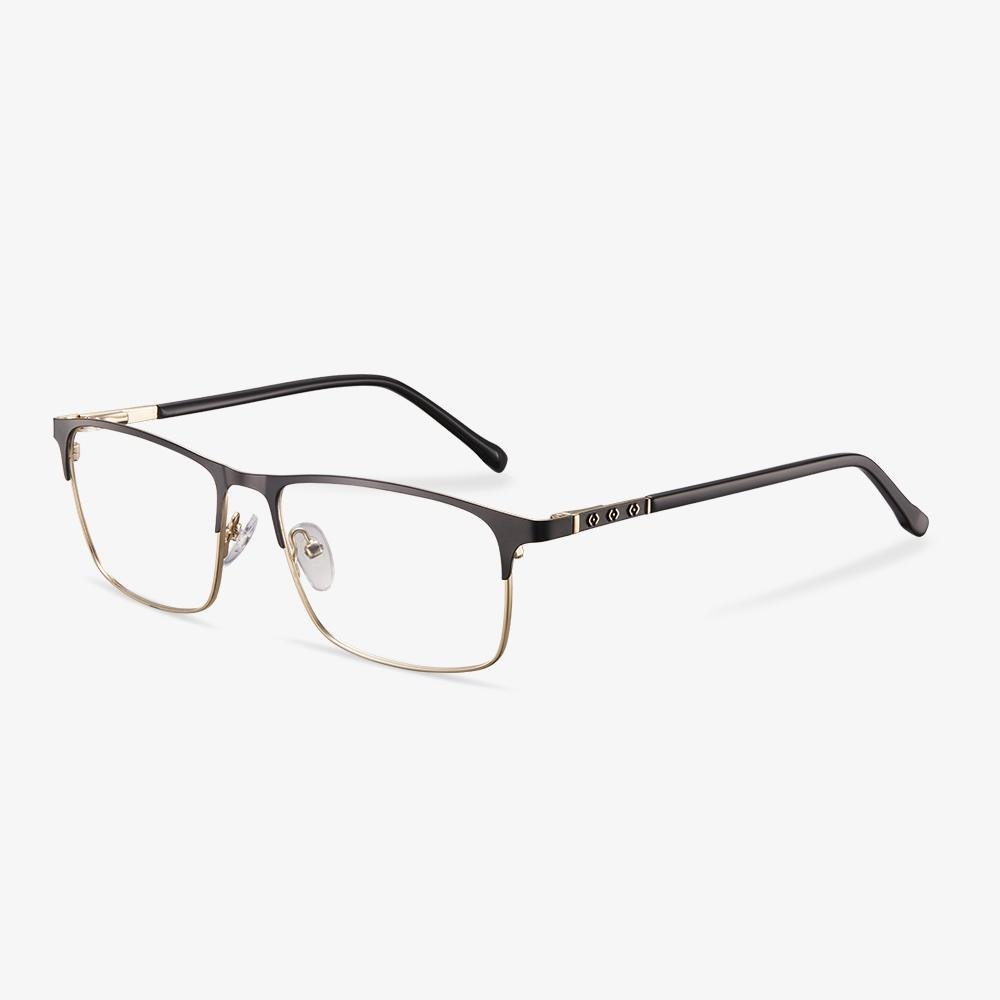Do you need to wear glasses to drive?
In the evening, lights from street lamps, buildings, and other vehicles create a lot of reflection on the windshield, making it hard to see. It's even worse when it rains. But if your glasses have an anti-reflective coating, they can reduce the glare and reflections, allowing you to see more clearly while driving at night.
The production of carbon fiber glasses is complicated.
Designing carbon fiber glasses was a slow and complicated process. These processes are not fast in material, force, or appearance. Resin is the key to the quality of carbon fiber. Adding resin to carbon fiber can change the material into composite material. Manufacturers of these composites want to use the least resin to hold the carbon fibers together.
There are three processes for resin-changing lenses.
The incorporation method, known as bulk polymerization, is similar to the method of glass lens, that is, one or more photochromic dyes are directly incorporated into the polymer monomer of the substrate for bulk polymerization, and the lens formed after curing will change color. Discoloration dye is completely integrated into the resin lens substrate, so the lens made of color persistence is very good.
The uniformity of discoloration and the depth of color after discoloration are highly related to the thickness of the lens. Because the thickness of the lenses at all levels is different, there will be a color difference between the depth of discoloration and the uniformity, and the uneven phenomenon of high brightness is more obvious.
The film type is known as the coating method. It is the chromatic resin lens by coating or dipping in a layer of chromatic dye on the base of the resin lens. Because the coating covers the surface of the lens, the color uniformity is good. The coating, which is only about 0.05mm thick, does not provide enough molecules to make the lens dark enough, so the color is relatively less dark, and the discoloration lasts slightly longer.
Infiltration, known as the penetration method, is to use the principle of penetration, through the thermal diffusion method to make the color dye permeate the surface of the resin lens sheet material, with diffusion depth up to 0.15~0.20mm. The lens has a constant color change characteristic. There will be no inconsistency between the center and the surrounding color as the luminosity gets darker. The color-changing resin lens made by infiltration type has the benefits of uniform color-changing, small color difference, fast and thorough color-fading, which is the mainstream of color-changing technology at present.
What Do Pinhole Glasses Do?
Pinhole glasses are often used by eye doctors who use them as a diagnostic tool to quickly check for vision impairments. Of course, pinhole glasses are sometimes used to treat nearsightedness or astigmatism. Pinhole glasses are also used in conjunction with an occluder, an instrument used to cover one of your eyes while you read an eye chart. The occluder is solid, while the pinhole glasses have a number of tiny pinholes. So, the doctor often uses it to check the potential of your vision.
Pinhole glasses are often used to check corneal distortion and cataracts. A cataract evaluation includes focusing light in the eye to check if vision capability behind the cataract makes it worth performing surgery.
The width of your glasses is important.
The width of your glasses is not just to make you look more attractive. It's related to the position of your pupils in each lens, which is inextricably linked to the quality of your vision. The frame could be slightly wider than the zygomatic bones. It should be wide enough not to touch the temple. It should be close to holding a finger. This is especially important for people who wear bifocals or progressive glasses, so you can see through the right part of the lens.
Choose blue light glasses with better quality lenses and frames.
Pay attention to the choice of true color lenses.0-12-year-old children are in the critical period of growth, and the color and things are in the cognitive stage. Blue light-blocking glasses should restore the true color as far as possible, with no blur. And it will not have a color difference. Pay attention to the strength of blue-light-blocking glasses. Choose a strong and flexible frame.
The life of the color-changing lens
There is a reaction fatigue problem in both compound reaction and bond-breaking ring-opening reactions. Therefore, there is a shackle in the process of discoloration, which is the life of the discoloration lens. Generally speaking, high-quality color-changing lenses can maintain more than 90% color-changing effect after 2 years of use.














